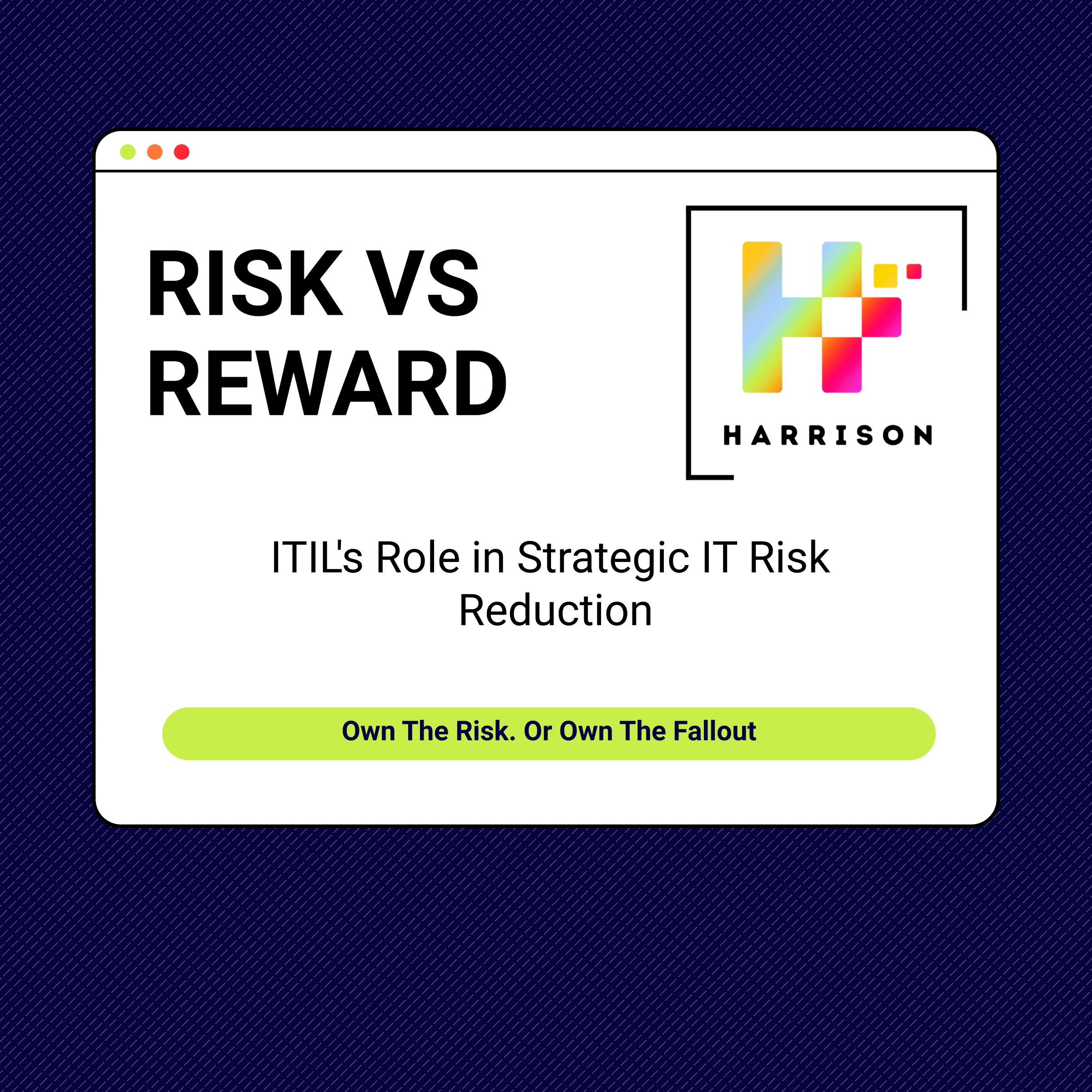Navigating Digital Transformation: A Guide for Modernising Your IT Infrastructure
In today’s rapidly evolving business landscape, digital transformation has become more than just a buzzword – it’s a strategic imperative. As organisations seek to stay competitive and meet the demands of a digitally-driven world, modernising IT infrastructure has emerged as a critical step towards success. In this comprehensive guide, we will explore the key considerations, challenges, and strategies involved in navigating digital transformation to modernise your IT infrastructure.
Understanding Digital Transformation
Digital transformation encompasses the integration of digital technology into all aspects of an organisation, fundamentally changing how it operates and delivers value to customers. At its core, digital transformation is about leveraging technology to enhance efficiency, agility, and innovation across the entire business ecosystem. For IT departments, this often entails the adoption of cloud computing, automation, data analytics, and emerging technologies like artificial intelligence and the Internet of Things (IoT).
The Need for Modernising IT Infrastructure
Legacy IT infrastructure, characterised by on-premises hardware, siloed systems, and manual processes, can hinder an organisation’s ability to adapt to changing market dynamics and customer expectations. Modernising IT infrastructure is essential for unlocking agility, scalability, and cost-effectiveness, enabling businesses to respond swiftly to market opportunities and challenges. By migrating to cloud-based solutions, adopting DevOps practices, and embracing software-defined technologies, organisations can build a more resilient and future-ready IT environment.
Key Considerations for Digital Transformation
Before embarking on the journey of digital transformation, it’s crucial to carefully assess the current state of your IT infrastructure and define clear objectives aligned with your business goals. Key considerations include:
Business Alignment: Ensure that digital transformation initiatives are aligned with overarching business objectives and priorities. Identify areas where technology can drive value creation, enhance customer experiences, and differentiate your organisation in the market.
Technology Evaluation: Evaluate existing IT systems, applications, and infrastructure components to identify gaps, redundancies, and opportunities for modernisation. Consider factors such as scalability, security, compliance, and interoperability when selecting new technology solutions.
Change Management: Recognise that digital transformation is not just a technological shift but also a cultural and organisational change. Invest in change management processes, training, and communication strategies to foster adoption and mitigate resistance from stakeholders.
Data Governance: Develop robust data governance policies and practices to ensure the security, integrity, and privacy of data across the organisation. Establish clear guidelines for data collection, storage, sharing, and usage to comply with regulatory requirements and mitigate risks.
Cybersecurity: Prioritise cybersecurity as a foundational element of digital transformation. Implement robust security measures, such as encryption, multi-factor authentication, and intrusion detection systems, to protect against cyber threats and safeguard sensitive information.
Strategies for Modernising IT Infrastructure
Modernising IT infrastructure requires a holistic approach that addresses people, processes, and technology. Here are some key strategies to consider:
Cloud Adoption: Embrace cloud computing as a cornerstone of modern IT infrastructure. Migrate workloads to public, private, or hybrid cloud environments to gain flexibility, scalability, and cost savings. Leverage cloud-native services, such as serverless computing and containerisation, to modernise application development and deployment.
Automation and Orchestration: Streamline IT operations and workflows through automation and orchestration tools. Automate routine tasks, such as provisioning, configuration management, and patching, to improve efficiency and reduce human error. Implement orchestration platforms to coordinate and manage complex, interconnected systems and services.
Software-Defined Infrastructure: Embrace software-defined infrastructure (SDI) to abstract and virtualise hardware resources, such as compute, storage, and networking. Deploy software-defined networking (SDN) and software-defined storage (SDS) solutions to achieve greater flexibility, scalability, and agility in resource allocation and management.
Containerisation and Microservices: Adopt containerisation and microservices architectures to modularise and containerise applications. Break monolithic applications into smaller, decoupled components that can be independently developed, deployed, and scaled. Use container orchestration platforms, such as Kubernetes, to automate container lifecycle management and ensure resilience and scalability.
Edge Computing: Explore edge computing as a complementary approach to cloud computing for processing data closer to the point of origin or consumption. Deploy edge computing infrastructure, such as edge servers and edge gateways, to reduce latency, improve performance, and enable real-time processing of data from IoT devices and sensors.
Navigating digital transformation to modernise IT infrastructure is a multifaceted journey that requires careful planning, strategic execution, and ongoing adaptation. By embracing digital technologies, reimagining business processes, and fostering a culture of innovation, organisations can build a resilient and future-ready IT environment that drives competitive advantage and business growth in the digital age. Remember, digital transformation is not a destination but a continuous evolution – stay agile, stay innovative, and stay ahead of the curve.
Follow us
Latest articles
July 12, 2025
July 12, 2025








